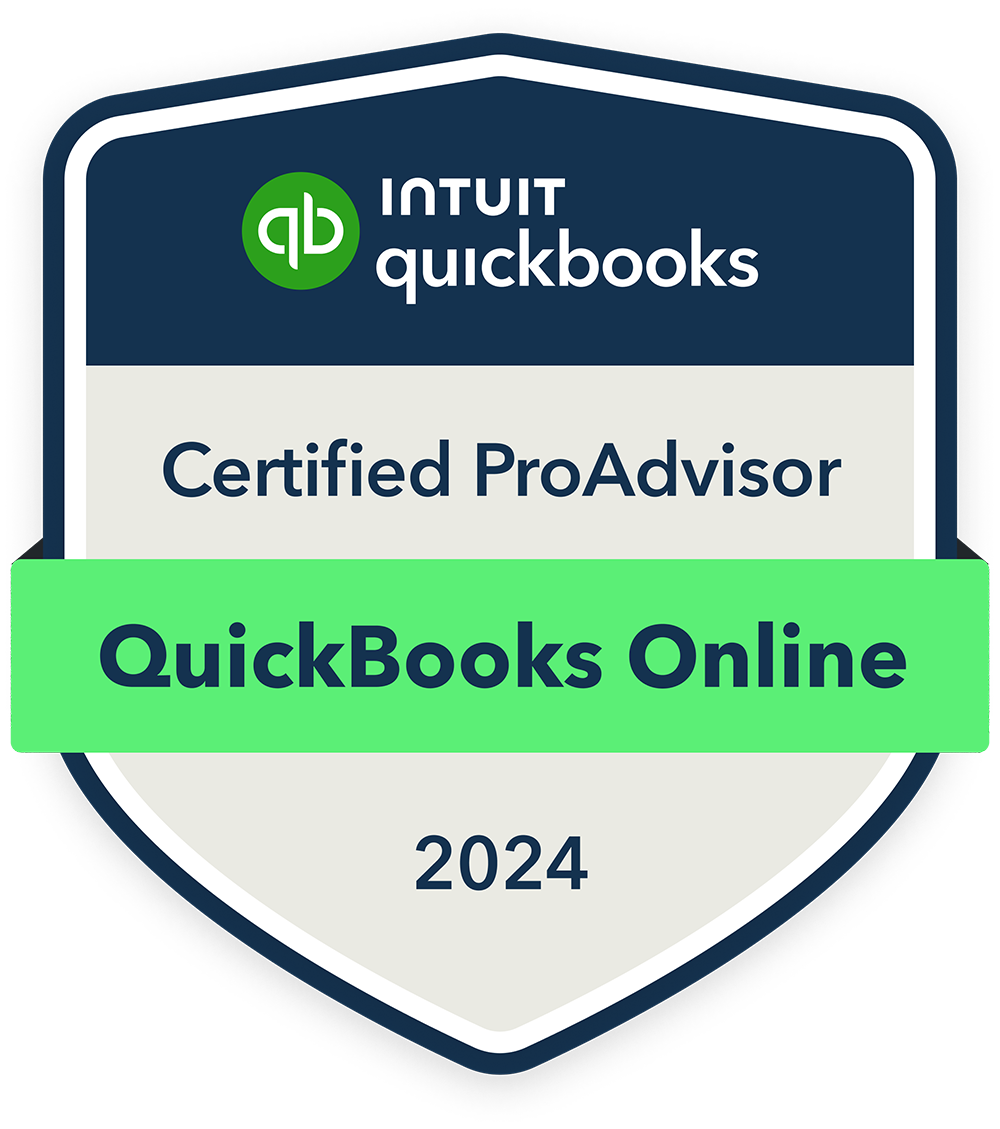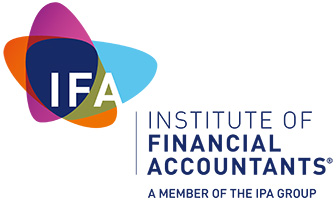Blog
Blog Posts
The words "negative cash flow" certainly don't sound like much of a cause for celebration and truthfully, they often aren't. However, negative cash flow isn't always a cause for concern, either, and even when it is, there are steps you can take to rectify the situation.
What is Negative Cash Flow?
The term "cash flow" refers to the money that enters and leaves your business over a set period of time. Negative cash flow means that more money is going out than coming in.
It's important not to conflate cash flow and profit. It's entirely possible to be in profit and run out of cash, or vice versa. A negative cash flow doesn't necessarily mean that you're making a loss, since cash flow only refers to liquid assets.
However, you need to make sure that you don't run out of cash because you can't use tied up assets to pay your staff, suppliers and energy bills.
Is Negative Cash Flow Bad News?
Negative cash flow can occur for a number of reasons.
Often, negative cash flow is a necessary part of growth. Businesses increase spending when planning for growth so that they can earn more further down the line.
For example, a bakery looking to expand would need to buy new kitchen equipment and utensils and increase their inventory. This might mean spending more than they make for a short while.
New businesses also need to invest in order to establish themselves and create a buzz around their business.
Seasonal businesses may also experience negative cash flow during quiet times of year, and may need to spend more than they are currently making in order to prepare for the next busy season.
In short, negative cash flow is not always bad news. However, a prolonged period of negative cash flow is bad news, since your business' liquid assets won't last forever. You need cash to continue operations.
The Causes of Negative Cash Flow
As discussed, negative cash flow can occur when a business is investing in its future success, but if this is not the case for your business then there are some other key causes to look at.
Increased Expenses
If supplier prices suddenly shoot up, you could suddenly find yourself facing negative cash flow. Similarly, emergency or unexpected expenses such as equipment repairs can threaten your cash flow.
Late Payments
If your customers don't pay up on time, your cash flow will suffer. Your suppliers won't let you pay a month late just because your customer did.
Pricing
Without adequate research and forethought, you could end up under- or over-pricing your product, and both of these scenarios threaten your cash flow.
Under-pricing your products or services will result in low profit margins, whereas over-pricing means that you will struggle to make sales.
No Budget
If you don't create a realistic budget, the chances are you will end up overspending and managing your money poorly. It's important to get a clear picture of your spending and understand what you can and can't afford.
Actions to Take
Once you understand what is causing your negative cash flow, you need to take action to fix it.
Reduce Expenses
Cutting down your expenses is an important first step. Take a look at your spending and consider which overhead costs are unnecessary and can be eliminated. You also may be able to reduce your operating costs by outsourcing certain roles and shopping around with vendors and suppliers.
Eliminate Unprofitable or Low-Selling Products
Take a look at your sales figures and determine which products don't create any significant income for your business. Be sure to balance popularity against profitability. For example, a product might have a high profit margin but hardly sell at all. This makes it difficult to shift inventory and serves as a drain on your cash flow.
Review Payment Terms
It's important to encourage your customers to pay you ASAP. Shortening payment cycles is one effective way to do this. Thanks to email, invoicing software and electronic payments, your customers are now able to pay you much more quickly than they were decades ago, so update your terms accordingly.
You may also want to offer early payment incentives and introduce late fees to make sure that your customers pay you promptly.
Create an Emergency Funds
Fail to prepare, prepare to fail, as the saying goes.
Even if your cash flow is healthy right now, it never hurts to have an emergency fund to act as a buffer for when sales take a dip or an unexpected payout becomes necessary. Look at ways to reduce your cash outflow and then siphon the extra funds into an easy-access emergency savings account. Arranging a line of credit can also give your business a little extra breathing room, too.
Summary
Negative cash flow is not always bad news, but it can lead to some serious problems if left unchecked. It can be caused by increased expenses, late payments from your customers or a poor pricing strategy. All businesses face negative cash flow at one point or another; the important thing is to identify what is causing it and then take action accordingly, for example, by cutting expenses or eliminating unprofitable products. In addition, it's important that you create emergency funds so you have something set aside when things go wrong. The best thing that you can do is keep a close eye on your cash flow at all times so that if difficulties do arise, you are well-equipped to deal with them.
Add a comment:
Since Andrew has come on board under the supervision of Mike the transition could not have been smoother. The service and response has been well above expectations. We feel the Payroll services provides an additional backup service provided by Kings Oak Accountancy which takes away yet another task from our busy workload.
Mujib Choudhury, Atlantic Linen
Great to work with, always there to give a hand when needed. Always at the end of the phone when problems need sorting We have been with this Company for many years, would recommend . Running my accounts and PAYE, so this leaves us to concentrate on getting on with our business with no worries.
Sarah – Crossways Tavern
Thank you Andrew. Bloody brilliant. I cannot say how much I appreciate that you’ve made this easy. In amongst trying to get everything else done this was a breeze. Thanks.
Stephen - SJL Data Services Ltd
Kings Oak Accountancy Services has been our accountants for the past four years. After a successful smooth changeover of ownership to our dry cleaning premises which Kings Oak guided us through. Since then they have helped with our monthly and yearly accounts, taxation and payroll. Only a phone call away if needed. May we continue to grow with their help. I would have no hesitation in recommending them.
Beverley Serle - Steam Gleam Ltd
Wouldn't trust anyone else to help us run our business. Andy and team are fast, reliable, efficient and most of all they actually care. They go above and beyond to help and we couldn't be happier.Thank you for all you do
Jen and Adam - Heat 24 Ltd
ACCREDITATIONS






